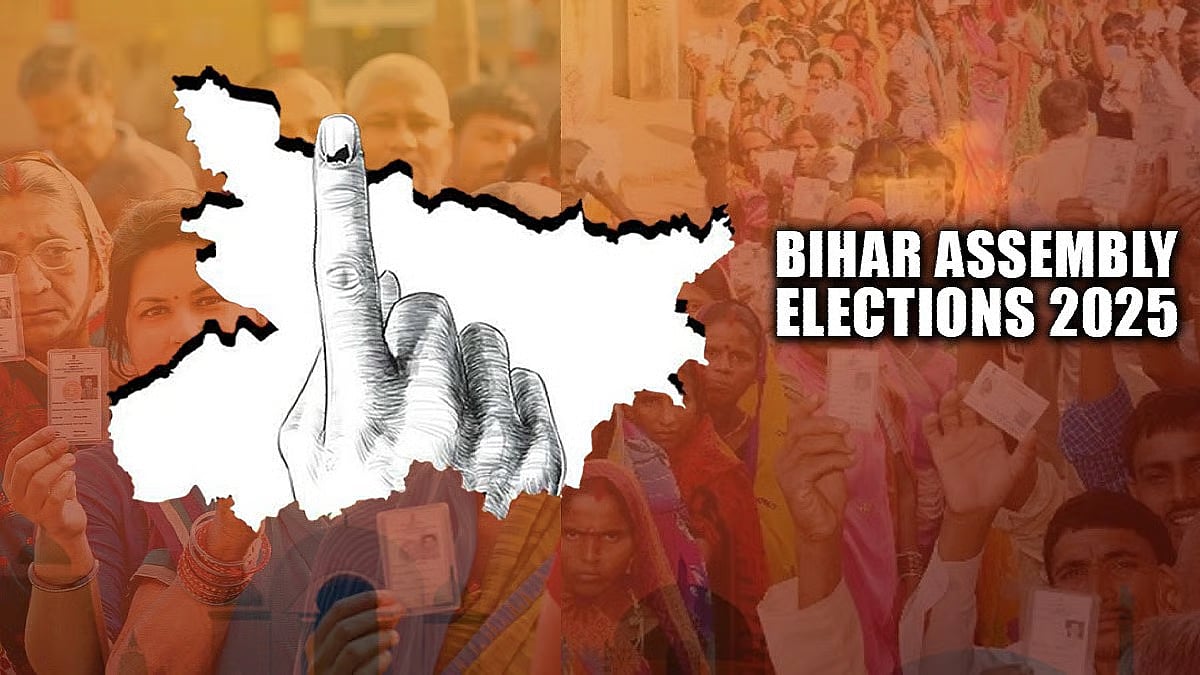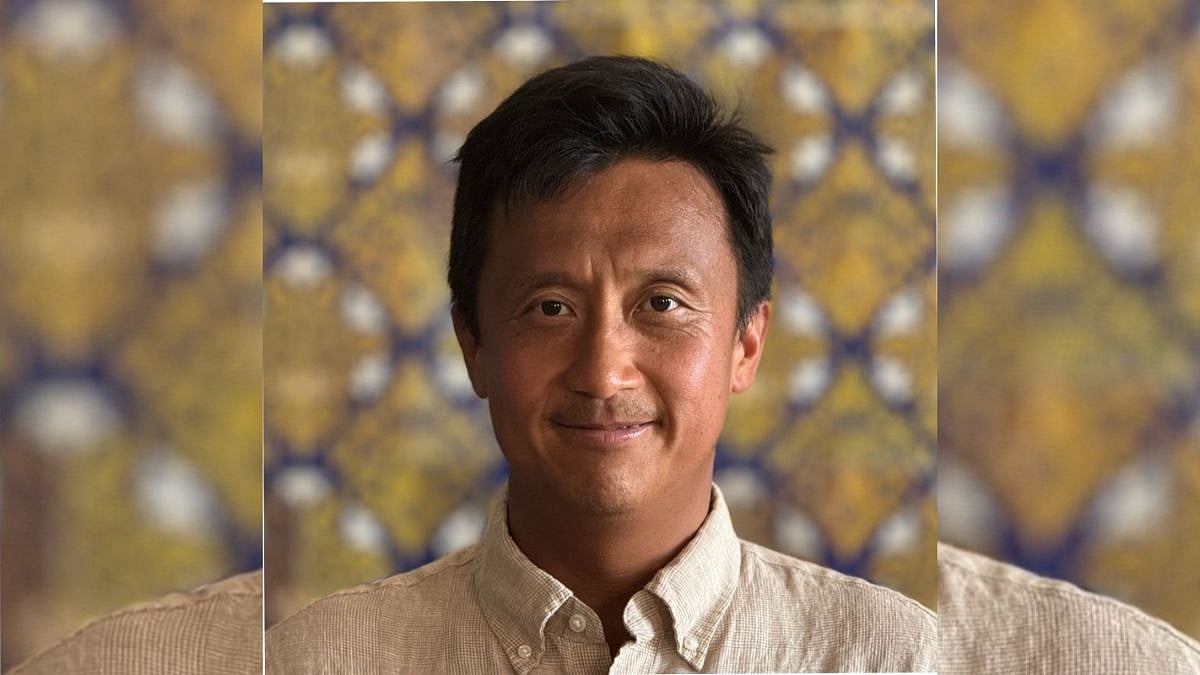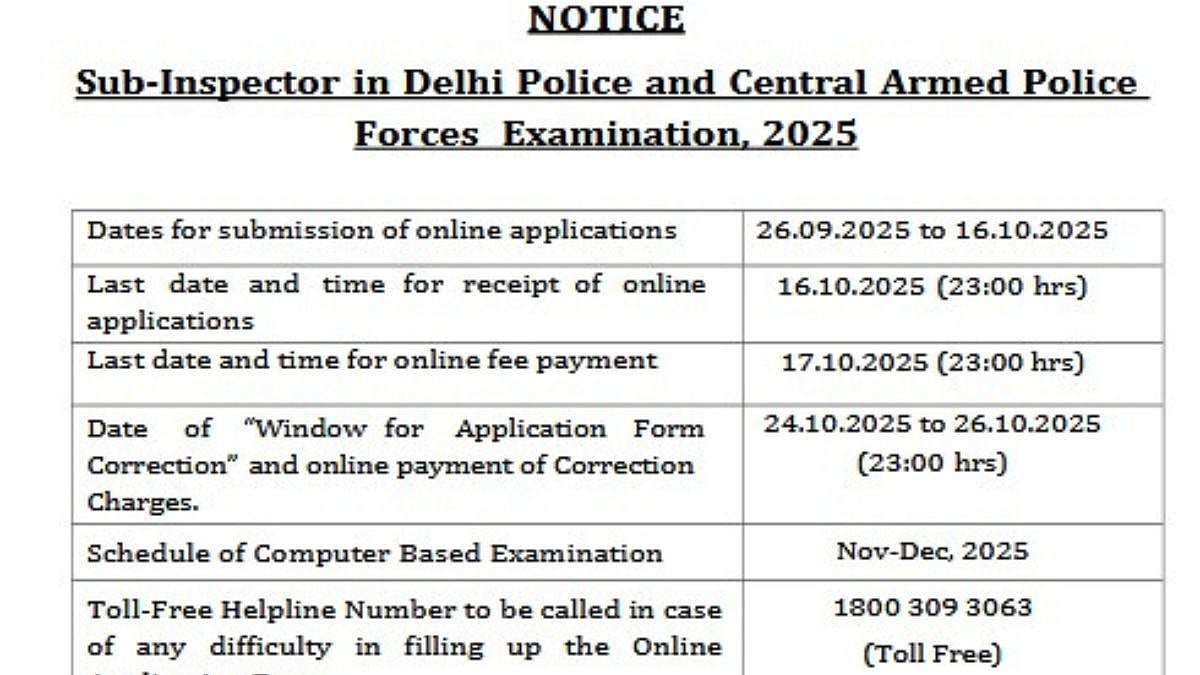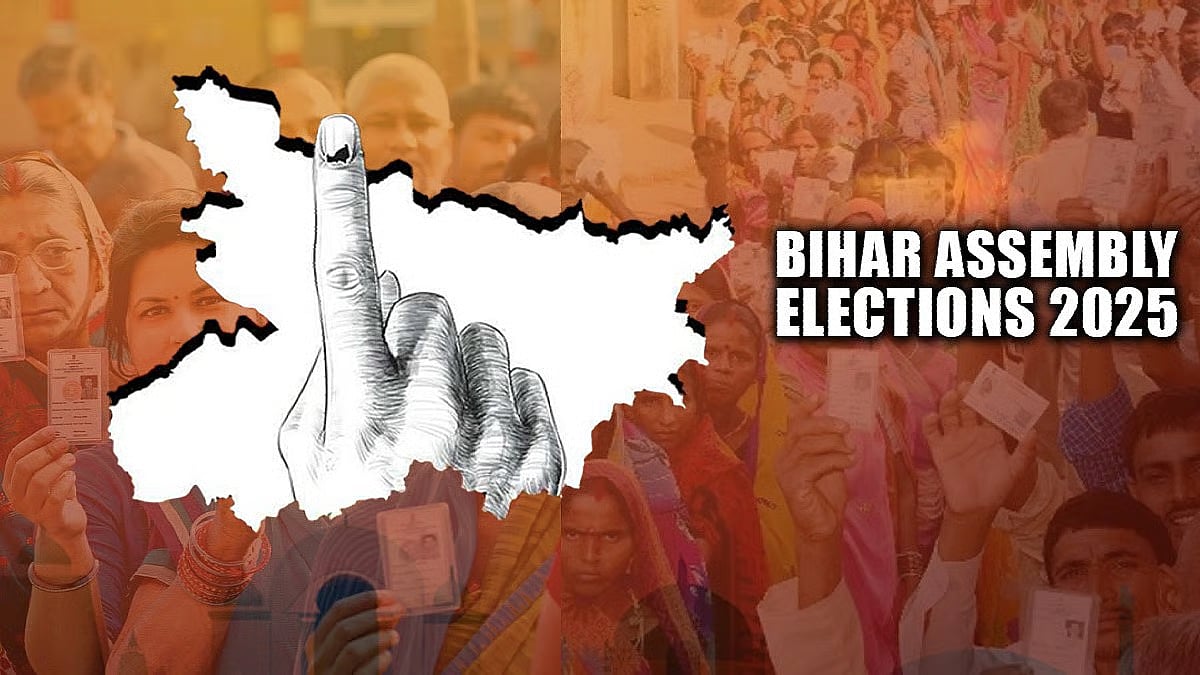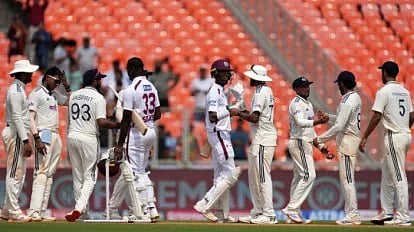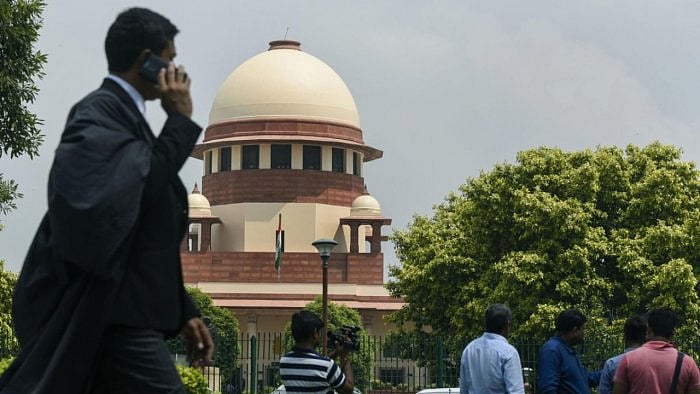On the eve of the Bihar assembly elections, the NDA and MGB (Mahagathbandhan) coalitions have yet to set their houses in order, although both are aware that the chemistry between alliance partners is a critical factor. Given that no party has won a majority of seats since 1995, victory is contingent on smooth cooperation between mutually dependent allies while getting the caste arithmetic right.
Both alliances are predicated on aggregation of votes at the constituency level. In the fractured political landscape of Bihar, where no party has managed a vote share of more than 25 per cent in two decades, allies must pool their votes to win. Thanks to the first-past-the-post system, the addition of even a few percentage points can bridge the vote deficit. This implies that small caste-based parties command considerable bargaining power.
The Lok Janshakti Party (LJP), for example, has been allocated 29 seats by the NDA. This may seem over-generous to a party that won a single seat in the 2020 assembly elections, but the decision is quite pragmatic. For one thing, the LJP’s core vote base consists of the Dusadh community, which is widely distributed across the state. This makes the LJP a useful ally, capable of damaging rival parties. That’s precisely what it did in 2020, by wresting a large chunk (around 13 per cent) of BJP supporters away from the Janata Dal (United).
Bringing the LJP on board is intended to add votes to the NDA’s kitty and limit its potential for damage. A less obvious but significant advantage is LJP chief Chirag Paswan’s youth appeal. With Chief Minister Nitish Kumar looking rather frail, Paswan adds a badly needed young face to the NDA, not to mention a dash of charisma. It must be pointed out that the ‘youth swing’ in favour of Rashtriya Janata Dal (RJD) chief Tejashwi Yadav in 2020 was limited to young men aged 18 to 39 years. He had considerably less traction among women in the same age group, according to Lokniti.
Rivalry between the JD(U) and LJP persists, with both sides laying claim to the same seats. The Rashtriya Lok Morcha (RLM) has a similar problem. Meanwhile, the Hindustani Awam Morcha (HAM), which has a strong base in the Musahar community and won four of the seven seats it contested in 2020 as an NDA partner, had certainly hoped for more than the six seats it has been allocated this time.
The BJP will not only need to mediate between its alliance partners but also vastly improve collaboration at the ground level. Post-poll analyses of the 2020 elections have shown that while vote transfer to BJP candidates by the JD(U) and HAM was smooth, the reverse was not true. A Lokniti survey found that only 55 per cent of committed BJP voters opted for candidates from allied parties. This may have accounted for the JD(U)’s poorer strike rate, as compared to the BJP.
The same pattern of limited vote transfers was seen in 2015, when the BJP fought without the JD(U), but with the LJP and HAM. The end result was that the BJP had a strike rate of 33.8 per cent, while that of its allies was less than six per cent.
Like the BJP, the RJD outperformed its partners in 2020, but overall, coordination between the main MGB constituents was better. There was a high degree of vote transfer between the RJD and the Congress. The latter benefited from the RJD’s votes, and its poor performance in terms of seat share—it won only 19 of 70 seats—owed to a lack of popularity rather than limited vote transfer. Had the Congress performance been just a little better, the MGB could have formed the government.
This time, the RJD was not keen on allotting the Congress more than 50 seats, against a demand of 65. But Yadav needs the Congress’ backing in Delhi, so a compromise is likely. The decades-old alliance between the two parties has been showing signs of strain since March this year, when Congress spokespersons and leaders made statements critical of the RJD. Then, during Congress chief Rahul Gandhi’s ‘Voter Adhikar Yatra’, RJD workers felt that Yadav had been sidelined. Tensions mounted when the Congress refused to project Yadav as chief ministerial nominee, ostensibly because of his legal troubles. Earlier this week, charges were framed against Yadav in the IRCTC case, dating back to the RJD supremo Lalu Yadav’s tenure as railways minister.
Coming to caste arithmetic, little has changed from 2020. The BJP-JD(U)-LJP-HAM-RLM combine’s social engineering relies on the consolidation of the upper castes, Kurmi-Koeris and EBCs, and the MGB on Muslims and Yadavs. Both coalitions look to the decisive Dalit vote, which accounts for 19.65 per cent of Bihar’s population, according to the 2023 caste census.
The BJP is attempting to step outside the caste arithmetic, however, by targeting women voters. The turnout of women voters was higher in 2020, with a gap of five per cent, and there is no reason to suppose that this will change. More women than men endorsed the NDA, but the trend was particularly visible among upper-caste, non-Yadav OBC and Dalit women. Small wonder the NDA has delivered a pre-electoral gift of Rs 10,000 to some 12 million women under the Mukhyamantri Mahila Rojgar Yojana.
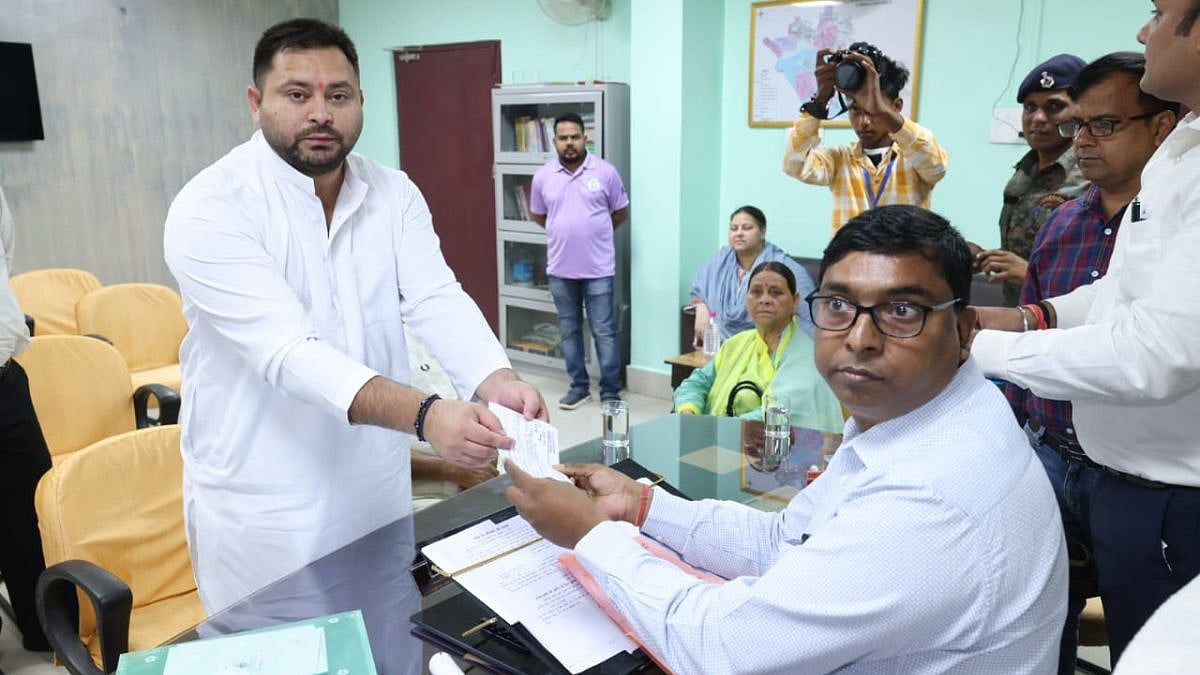
With a hard-fought election on the cards, even small missteps can upset electoral calculations. Many variables are in play, like the newly formed Jan Suraj party and Bihar’s vast population of migrant workers, which makes predicting outcomes difficult. But in a scenario where no party can claim dominance, the better alliance has the advantage.
Bhavdeep Kang is a senior journalist with 35 years of experience working with major newspapers and magazines. She is now an independent writer and author.
